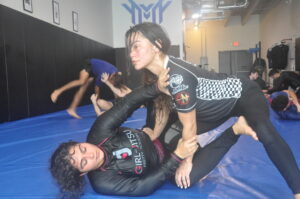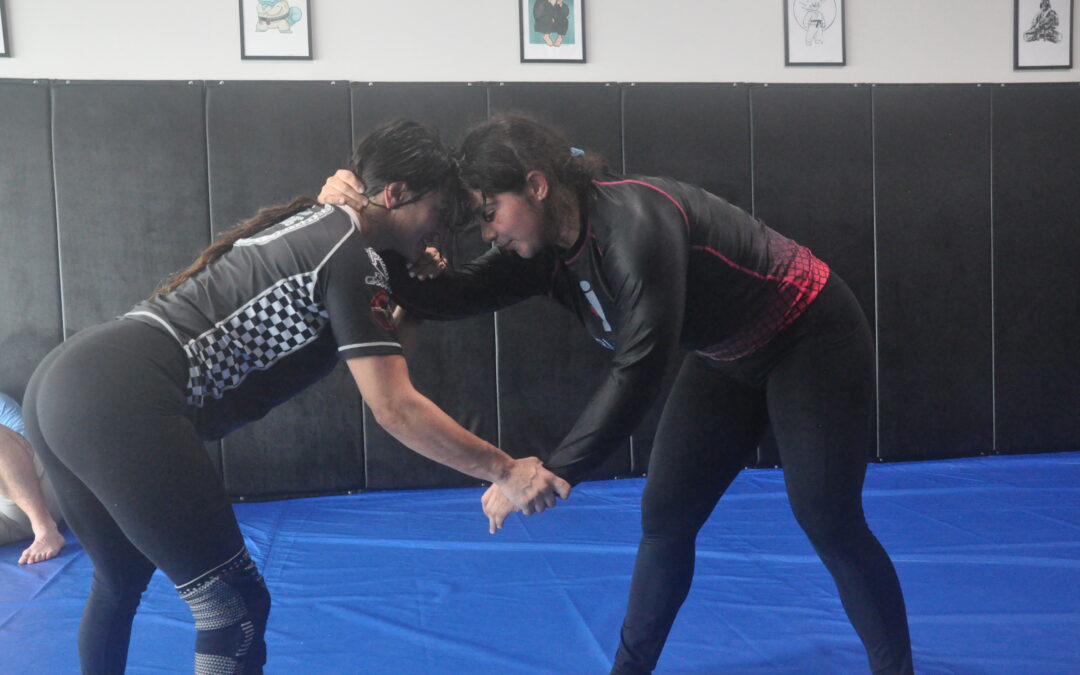No-gi training, a discipline within the realm of grappling martial arts, offers a myriad of benefits that extend beyond the traditional gi-focused practice. This form of training, devoid of the traditional kimono-like uniform or gi, holds unique advantages for practitioners seeking a dynamic and versatile approach to their martial arts journey.
One of the primary advantages of no-gi training lies in its emphasis on adaptability and fluidity. Without the gi to grab onto, practitioners rely on body control, leverage, and technique, fostering a more adaptable and versatile skill set. This adaptability is not only beneficial within the context of martial arts but also proves invaluable in real-life self-defense scenarios, where opponents might not be wearing clothing that allows for traditional gi grips.
Also, no-gi training is renowned for its enhancement of speed and agility. The absence of the gi eliminates the tendency to rely heavily on grips and instead encourages practitioners to focus on swift movements, quick transitions, and improved footwork. This emphasis on speed and agility translates well across various combat sports and can significantly enhance overall athleticism.
well across various combat sports and can significantly enhance overall athleticism.
Beyond physical attributes, training without the gi often promotes a sharper mental acuity. Practitioners must rely on strategy, timing, and a deeper understanding of technique, as there are fewer handles and grips available. This sharpens the mind and fosters a heightened level of problem-solving, making practitioners more adaptable and tactically sound in their approach to combat.
No-gi training also offers a more realistic approach to self-defense. In real-life altercations, individuals are unlikely to be dressed in gis, making no-gi techniques more directly applicable. By practicing techniques that are transferable to everyday scenarios, practitioners can feel more confident in their ability to defend themselves effectively.
Another significant benefit of no-gi training is its inclusivity. Without the need for a gi, the barriers to entry are lowered, making it more accessible to individuals who might not have the means to afford a traditional uniform. This inclusivity fosters a diverse and welcoming community, allowing individuals from various backgrounds to come together and learn from one another.
No-gi training serves as an excellent complement to gi-based practice. Cross-training between gi and no-gi environments can lead to a more well-rounded martial artist. Techniques learned in one setting can be adapted and applied in the other, enhancing overall skill development and fostering a deeper understanding of grappling fundamentals.
The benefits of training no-gi are diverse and substantial. From enhancing adaptability and agility to promoting a more realistic approach to self-defense, this form of training offers practitioners a comprehensive skill set that extends beyond the confines of traditional gi-based practices. Whether your goal is to compete, improve physical fitness, or acquire practical self-defense skills, no-gi training stands as an invaluable addition to any martial artist’s repertoire.

